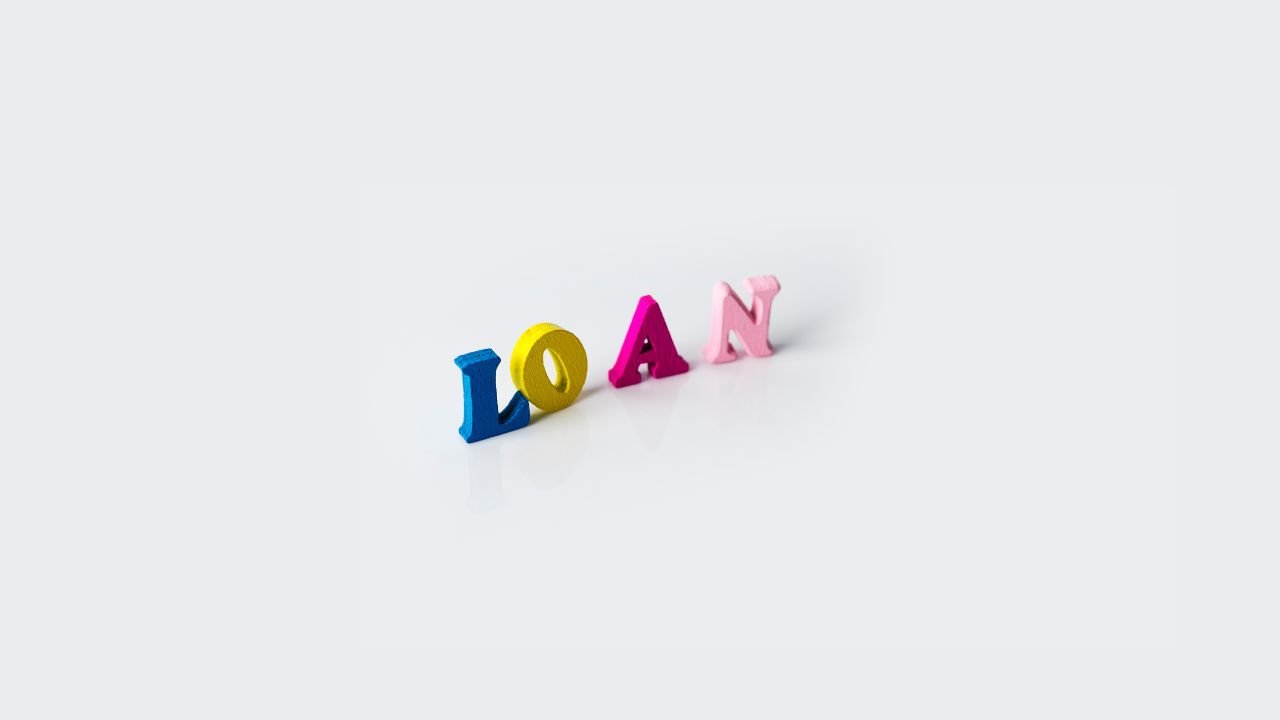This blog post will guide you on how to manage debt while securing a personal loan on 35,000 salary.
Understanding Personal Loan Eligibility
Before diving into the process of securing a personal loan, it’s important to understand how lenders determine eligibility. Lenders generally assess the following criteria:
- Income – The more you earn, the higher your chances of getting approved. With a ₹35,000 salary, you might not be eligible for a large loan, but you can still secure a smaller amount depending on other factors.
- Credit Score – Your credit score is one of the most important factors in loan approval. A score above 700 increases your chances of securing a loan with favorable terms. If your credit score is low, you may face higher interest rates or even a rejection.
- Debt-to-Income Ratio – Lenders will assess your debt-to-income ratio (DTI), which compares your total monthly debt obligations to your monthly income. Ideally, your DTI should be below 40%. If you already have significant debts, such as credit card bills or existing loans, it may be harder to get approved.
- Job Stability – Lenders want to see that you have a steady income. If you’ve been working at your current job for at least a year or more, this adds weight to your application.
Managing Debt While Seeking a Loan
Securing a personal loan with a ₹35,000 salary is possible, but if you’re already managing existing debt, it’s important to approach the situation with a well-thought-out plan. Here’s how to manage your debt effectively while securing a loan:
1. Review Your Existing Debt
Before applying for a new loan, take a close look at your current financial obligations. If you’re juggling multiple debts (such as credit cards or other loans), the first step is to evaluate your total debt load and calculate your debt-to-income ratio. This will help you understand whether you’re in a position to take on new debt.
If you’re struggling with high-interest debt, consolidating it through a personal loan could be a good strategy. By consolidating existing debts into a single loan with a lower interest rate, you can simplify your payments and potentially lower your monthly outgoings.
2. Consider Smaller Loan Amounts
Given that your salary is ₹35,000, it’s important to be realistic about how much you can borrow. Lenders will evaluate your ability to repay the loan, and taking on too much debt can stretch your finances too thin. Start by applying for a smaller loan that you can comfortably manage within your monthly budget. This reduces the risk of default and increases the chances of approval.
3. Check Your Credit Score and Improve It
Your credit score plays a pivotal role in your loan approval process. If your score is less than ideal, consider taking steps to improve it before applying for a loan. This may involve:
- Paying off overdue bills
- Reducing credit card balances
- Ensuring that you don’t miss any future payments
A higher credit score can not only increase your chances of getting approved, but it can also help you secure better loan terms, such as lower interest rates and higher loan amounts.
4. Choose the Right Lender
Not all lenders have the same criteria when it comes to personal loans. While traditional banks might have strict eligibility requirements, some online lenders or non-banking financial companies (NBFCs) may offer more flexible terms. Compare various lenders to find one that offers the best interest rates and repayment terms that suit your financial situation.
Look for lenders who specifically cater to individuals with middle-income salaries like ₹35,000 per month. Some lenders offer pre-approved loans for customers with stable income and a good credit history. It’s also worth considering peer-to-peer lending platforms that may be more lenient on income levels.
5. Calculate Your Loan Repayment Capacity
Before you apply for a loan, ensure that the monthly EMI (Equated Monthly Installment) fits comfortably into your budget. Ideally, your EMI should not exceed 30-40% of your monthly salary. For example, if your salary is ₹35,000, your total EMI should ideally be between ₹10,500 to ₹14,000. It’s crucial not to overburden yourself with repayments that you cannot comfortably manage.
Use online EMI calculators to understand how different loan amounts and interest rates will affect your monthly payments. This will give you a clearer picture of what to expect and whether you can afford the loan without stretching your finances too thin.
6. Plan for the Long Term
A personal loan isn’t just about borrowing money; it’s also about creating a plan to repay it. Managing your debt effectively involves disciplined budgeting and sticking to a repayment plan. Ensure that your income can cover all your essential expenses, including the loan repayment, without compromising your financial well-being.
Final Thoughts
Securing a personal loan with a ₹35,000 salary is definitely achievable, but it requires careful planning and an understanding of your financial position. By managing existing debt, improving your credit score, choosing the right lender, and selecting a loan amount that fits your repayment capacity, you can successfully navigate the process.
